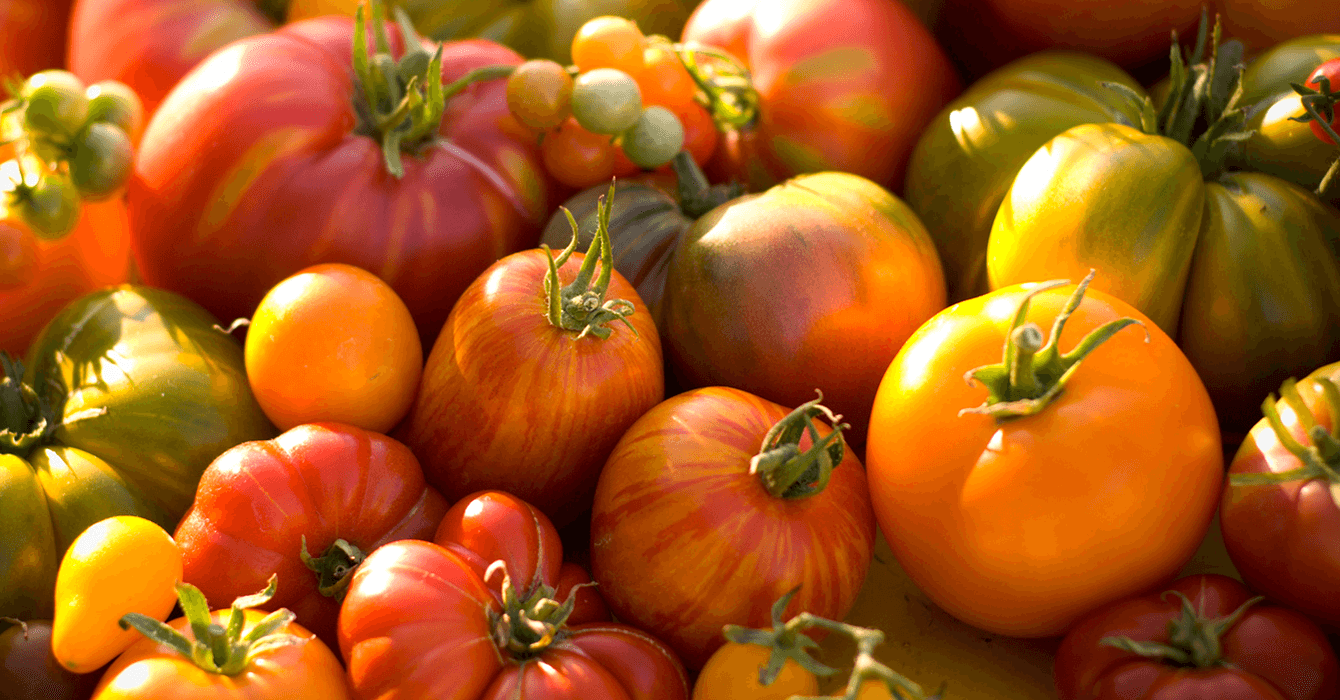My spouse and I are partners in gardening. He tends the plants, and I am responsible for what happens with the produce. He grows the vegetables; I figure out what to do with them.
When we began, anything red on the tomato plants was a victory, no matter the size. Across the garden spectrum — orange peppers, yellow squash, green cucumbers, purple eggplants — if it grew, we celebrated.
At some point, the garden began producing more food than we could eat fresh, share with neighbors (who also garden) or freeze.
So I learned to can.
Avid canners know it is not recommended to can tomatoes with their skins still attached. Aesthetically, it isn’t as pretty otherwise; bits of skin slip loose and float on the top. It looks gross.
And hygienically, it isn’t as safe; pesticides, bug residue (interpret that however you want) and dirt on the skins are all very difficult to remove completely.
But peeling tomatoes is an arduous process. It is slippery, messy, juicy — and a bit demoralizing. By the time the beautiful red fruit has been washed, blanched, cooled and skinned, you are left with much less than you had when you began.
I quickly learned to prefer quality over quantity. I no longer rejoice in my spouse bringing in hundreds of small tomatoes every few days (as he would regularly do in the peak summer months). Instead, I want fewer, large, ripe, healthy tomatoes.
Which is where pruning the suckers comes in. Suckers are small growth shoots that appear in the junction between a tomato stem and a branch.
If a gardener lets them go, they will develop into healthy branches that will produce more — but smaller — tomatoes. The plant will become sprawling and unwieldy, and multiple stakes may be required to keep it upright.
Because every branch of the plant is already competing for light, water and nutrients, the common wisdom on suckers is simple:
Identify them. Isolate them. Eliminate them. And then watch what happens.
Without the suckers, the plants grow in a more user-friendly and healthy way. There is better airflow around them. They are less susceptible to disease. They process nutrients more quickly. And most important to me, the remaining branches grow fewer but larger and healthier tomatoes.
I suppose it all depends on what your goal is — quantity or quality. When we started gardening, it was quantity; I wanted to see the literal fruit of the earth in all its bounty.
But now my goal is more clearly focused. I am after quality: tomatoes smaller in number but larger in size — which fit more deliciously on a BLT, make the canning process more impactful and enjoyable, and create less waste for the compost pile.
I am conscious of all the metaphorical suckers that have popped up in my world in the last 18 months. What are the little things that don’t take a lot of time or energy in the moment — and are perhaps fine things to do — but do not contribute to my larger goals?
Sometimes I scroll through social media before going to bed. I can convince myself that a few mindless minutes are a helpful way to wind down from my day. But in reality, I know that the blue light will keep me from sleeping well — and, to be honest, that my scrolling contributes nothing to anything.
I see suckers pop up in churches and Christian institutions, too. I see activities and ministries that are good but no longer have an impact or serve their original purposes. Often, they continue simply because they have “always been done that way” and there isn’t enough imagination to dream new ways of serving the community.
This in-between season of maybe returning to worship, worshipping with masks and limited numbers, and figuring out how to move forward with online worship is a great time to look carefully at our full spectrum of ministries. Holding up each ministry and activity to a church’s vision and mission can help leaders determine to what degree each contributes to a church’s goals.
This may mean recognizing that certain ministries or activities have run their course and should be retired. While this can be a painful process, our faith tradition is one that has language and rituals for death, resurrection and new life. Numerous scriptures use the metaphor of pruning branches for the health of the plant.
I took a risk in thinning the suckers from the tomato plants. A few times as I picked the tiny shoots, I could feel the life in them, leaving residue on my hands from where they were once connected to their lifeline. I collected all the suckers in a bucket and added them to the compost pile, hoping they would bring new life in the form of fertilizer for next year’s garden.
In the end, the risk was worth it. We have enjoyed a summer of the largest and healthiest tomatoes we have ever had. The BLTs my family has shared around our kitchen table have gotten rave reviews and prompted discussions about the difference this year without cut-up bits of undergrown tomatoes sliding away from their meaty and leafy sandwich companions.
Now I’m curious what other suckers in my life and my community I need to examine.
What is distracting me from my ultimate goals? What is keeping my community from being the beloved community God wants for us? Having witnessed what happens when the resources of the tomato plants are focused toward a goal, I hope I am brave enough to prune the other suckers.














